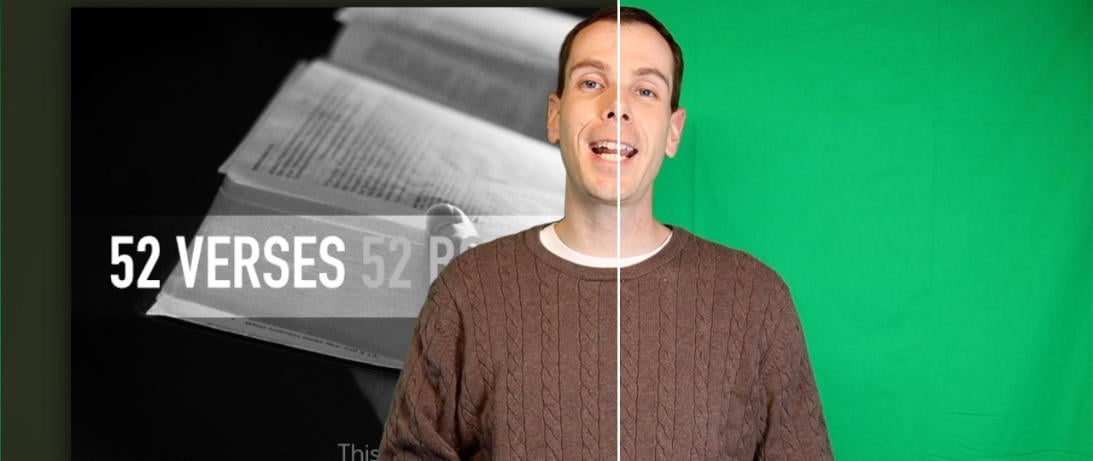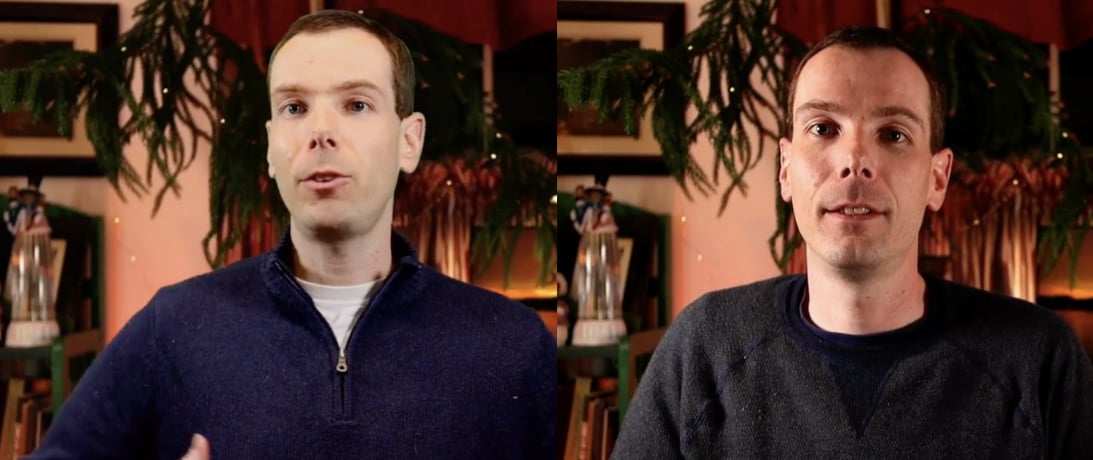
If you are new to photography or videography, it is easy to overlook the importance of lighting in producing truly great results. Advances driven by machine learning photography from Apple and Google are seriously reducing the utter necessity of lighting in many situations, but if you are aiming for the best quality video, pushing your live stream into pro territory or leveraging light for artistic photography, lighting gear is your friend. And an affordable set from the maker of Viltrox lenses is a really good way to get started.
I was immediately intrigued when I heard from Viltrox that they had launched a sister lighting brand and wanted me to give their lights a spin. I already have a few different types of studio lighting for my own needs, but I’ll confess I am a bit of a light nut – and not just photographic lighting, I can geek out on lightbulbs any day at the hardware store. More practically, I wanted to see if this two light set, complete with stands and carrying case could be a good option for on-location filming.
This whole kit is incredibly lightweight and comes in a really nice, durable carrying case that makes you look like you are either carrying an oddly squared off, very thin guitar or that you’ve picked up a moonlighting gig as an assassin.
Its price – right at the two century mark — is very competitive to the brands I use for live streaming sermons and other videos, namely Neewer and GVM.
In the lighting world, there are the lofty “pro brands,” such as Aputure, mid-level brands like those two I just mentioned that are much more affordable, but still have a trustworthy company behind them, and then – of course – the knockoffs that may or may not be found again after you order. Viltrox has been doing a good job of establishing itself as a credible producer of photographic equipment, so Weeylite will likely be more of a peer to Neewer and GVM in the coming times.
How do these Weeylite Sprite 20’s do coming into a well established market? Quite well. I have a nice live streaming setup in my office, but I found these intriguing for their portability. I have my usual lights set up how I like them — I really do not want to move them all the time when I want to get creative and film something elsewhere. Or, when I have other motivating factors to film elsewhere, such as weather.
As it happened, about a month ago, the last gasp of winter brought a significant snowstorm to my area and I wanted to set up something that would allow me to not have to venture out in the midst of it when my weekly live stream was scheduled. So, I setup a green screen I’d ordered off the Internet awhile back to allow me to superimpose my normal “in the study” setting into a video that was going to be very much basement-y otherwise and set to give these Weeylites Viltrox had sent my way to review a serious spin.

As I mentioned, the kit is lightweight and it is striking how compact the lights themselves are – significantly more so than my usual gear. The whole process was a bit rushed and I was cramped in a corner of my basement without the ability to get the lights angled just how I might have wanted to. The Sprites seemed to take that all in stride.
I normally use two Neewer lights – one each of the Neewer 528 and 660 — for the “key” and “fill” lights when I livestream. (The key light is the primary light on the subject – myself in this case – which is off at about 2 o’clock in front of the person being filmed and the fill takes up the 10 o’clock spot at a lower intensity, getting rid of the really dark shadows.)
For my snowy day equivalent, I just used the two Weeylites (and one tiny GVM RGB-10S panel for backlighting – the same one I use normally with my Neewer lights).
The built-in diffuser on the Weeylites lights seems a bit more effective than the included ones on either Neewer, which I supplement with a soft box. (Diffusion keeps the lights from being too harsh, particularly on people’s faces.) The diffuser isn’t removable on these Weeylites should you ever want to remove it, but that isn’t a deal breaker for me: I always use a diffuser anyway.
The lights have adjustable color temperature (think the difference between a “soft white” bulb and a “daylight bulb” you might buy at the store). I shot with the lights at 5200k (daylight) and, though I don’t have a light meter, the temperature they produce must be relatively accurate, because my camera was set manually to the same 5200k temperature and the colors came out true to life.
In my basement, the only lighting — outside of the Weeylites — around the area I filmed consisted of dim, life draining fluorescent lights a good distance away in either direction. As you can see in the photo, the Sprite 20s are powerful. I set the keylight to 75% brightness and the other as the fill at 55%, so even when lighting up a virtually unlit space, I had room to get more light out of them should I have need for it.
I find that I don’t typically use the remotes on lights all that much – I probably could save stretching my arms a bit if I did so more often – but my brief use of the remote on the Weeylites impressed me. The settings readout display on the remote (and the lights themselves, too) is very readable. The only caveat was that I didn’t see an intuitive way to keep the two lights from mirroring the exact same brightness without switching channels. It seems like a way to manage key/fill would be an obvious part of such a remote for a matched pair of lights.
Unlike my usual lights, which only switch color temperatures between warm and cool light, these lights have an RGBW mode that produced a variety of actual, vivid colors. I may not personally use RGB lighting all that much given my primary need for these lights is for live streaming sermons, but RGB effects would be great for more dramatic or fanciful video work.
I have found with the GVM RGB-10S I use for backlighting, it is really hard to tweak the RGB colors to exactly what I want. I am impressed that the Weeylite set lets me use actual RGB color values just like my DMX stage lighting (and like you’d use in Photoshop), rather than only hue and saturation. After years of photo editing and such, RGB values just work well with my head for getting to the color I want quickly.
The only other thing missing on these lights are barndoors (the flaps you often see bordering lights that let you limit how wide or narrow the beam of light is). That said, I think it is a fair trade off to skip those for the sake of its portability.

All in all, I would call my project with these lights a success. As you can see in the photos above, these lights really do acquit themselves well. Jammed between HVAC ducts that inconsiderately refused to yield the way, missing the soft boxes that would normally assist in keeping the light from being too harsh and without careful months of tweaking to get them located just so, they worked well.
With so much stacked against them, most people would still never even stop to think that the picture on the left was taken in front of a green screen and not in my familiar office setting. That was perfect for my purpose, where I did not want a distracting change of scenery just because I wanted to avoid a commute in the snow.
This sort of scenario is where I think these lights truly shine for me — portable, easy to use and good results with minimal fuss. Whether you are shopping for an easy-to-use first set to put together a film/photography studio or if you already have lights, but want lights that are, well, light and slim enough for “on the road” use, this Sprite 20 kit deserves your consideration (Viltrox/Weeylite Sprite 20 Kit, $197 on Amazon).

Timothy R. Butler is Editor-in-Chief of Open for Business. He also serves as a pastor at Little Hills Church and FaithTree Christian Fellowship.
You need to be logged in if you wish to comment on this article. Sign in or sign up here.
Start the Conversation